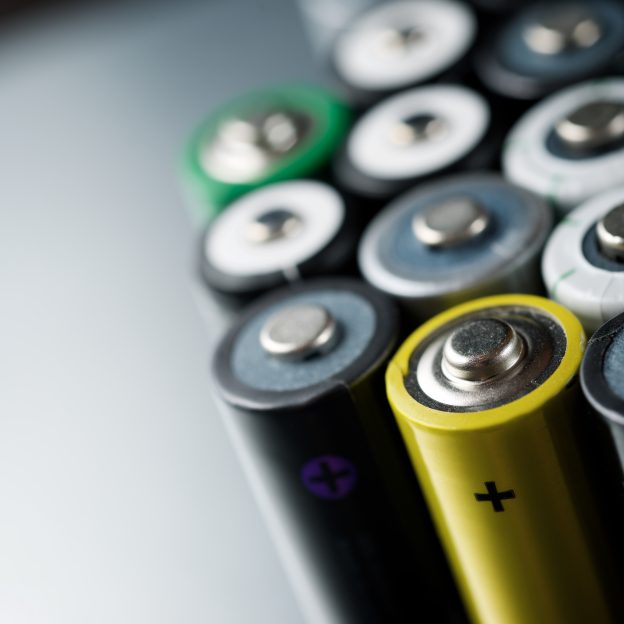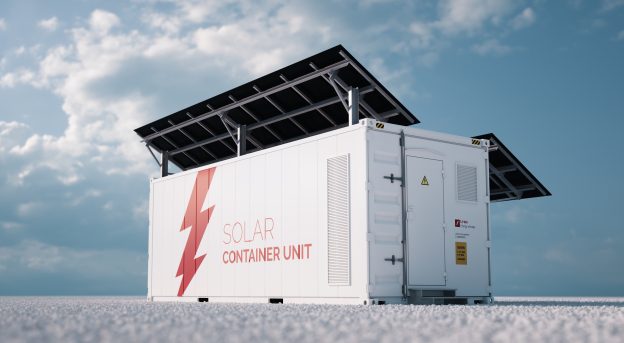The US government has decided to raise tariffs imposed on electric vehicles from 25% to 100% and those on lithium-ion EV batteries from 7.5%% to 25%.
For electric vehicles:
According to data from the Passenger Car Association, 13,000 new energy passenger vehicles were exported to the United States in 2023. It is believed that the current export of Chinese electric vehicles to the United States will have little impact, and there may be some pressure in the future.
For lithium batteries (divided into power/non-power lithium batteries):
(1) the overall impact of the scale:
According to customs data, from 2020 to the first quarter of 2024, the United States are the largest market for China's lithium battery to export. In 2023, China's exports of lithium batteries to the United States amounted to 13.549 billion U.S. dollars (about 97.9 billion yuan), accounting for 20.8% of the total amount of exports. The shipment of lithium battery exports was 694,600 tons from Fujian Province(the largest shipment place), accounting for a total of 29% of the total, with an export value of $18.279 billion. The main exporters CATL and ATL. The second shipment place is Guangdong Province with 557,000 tons, accounting for 23% of the total, with an export value of $15.709 billion.
(2)For power batteries:
Chinese lithium batteries have strong product competitiveness and cost advantages in the world, thus Chinese companies can avoid high tariffs by building factories overseas. In addition, the U.S.'s tariffs on natural graphite, permanent magnets and other materials will take effect in 2026 instead of 2024, which also shows that the United States is highly dependent on related materials.
(3)For energy storage batteries:
Chinese companies have a huge competitive advantage in the global market. China's lithium storage battery shipments accounting for 92% of total global shipments in 2023, according to GGII. Also in light of this, in the U.S. tariff policy, unlike power batteries, the tariff increase for non-power batteries has been delayed by two years. In addition, the tariff boost from 2026 is expected to bring about a rush to install energy storage in the US in 2024/2025.
According to EIA forecasts, U.S. storage capacity is expected to be 15.3GW in 2024. The potential demand for energy storage in the United States is huge. The increase in tariffs starting from 2026 will stimulate American energy storage owners to complete the installation of energy storage systems as soon as possible.
(4) For tool/consumer lithium batteries:
Tools and consumer lithium batteries mainly face competition from Samsung SDI, LG, etc, which will result in the increase of costs of Chinese manufacturers. But it can be avoided by building factories overseas.
Source: EVERBRIGHT SECURITIES







